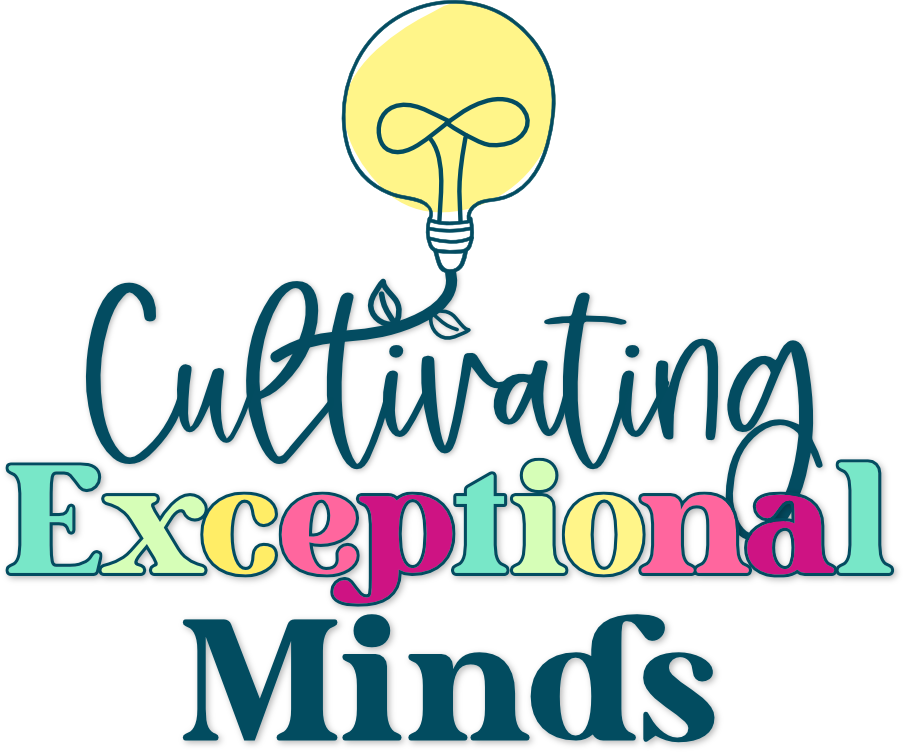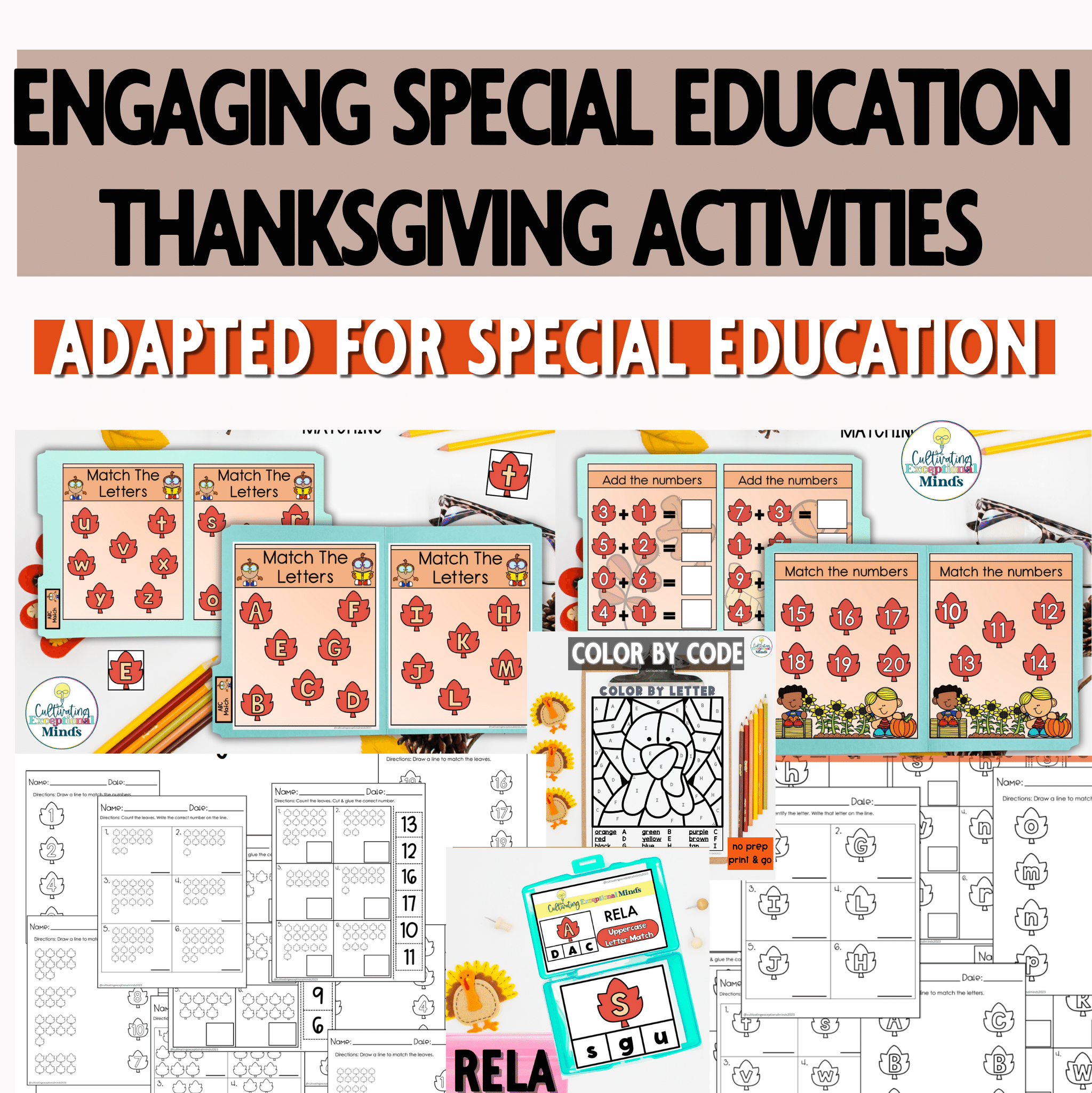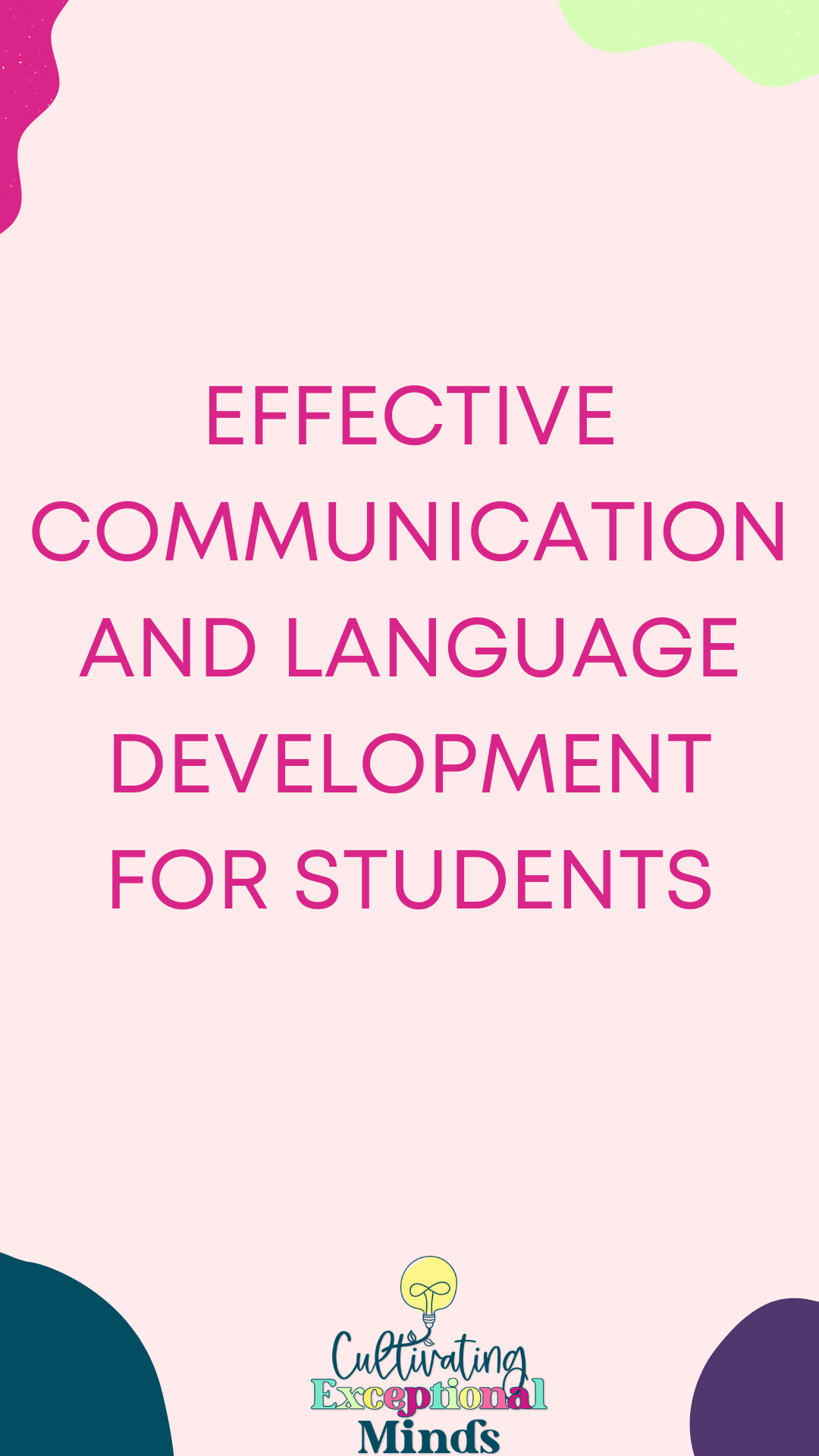Teaching addition and subtraction in a special education classroom comes with unique challenges, but with the right strategies and resources, students can develop strong foundational math skills. Whether you’re working on single-digit equations or moving toward multi-step problem solving, this post will guide you through effective methods for teaching addition and subtraction in special education and introduce a comprehensive math curriculum designed to meet diverse student needs.
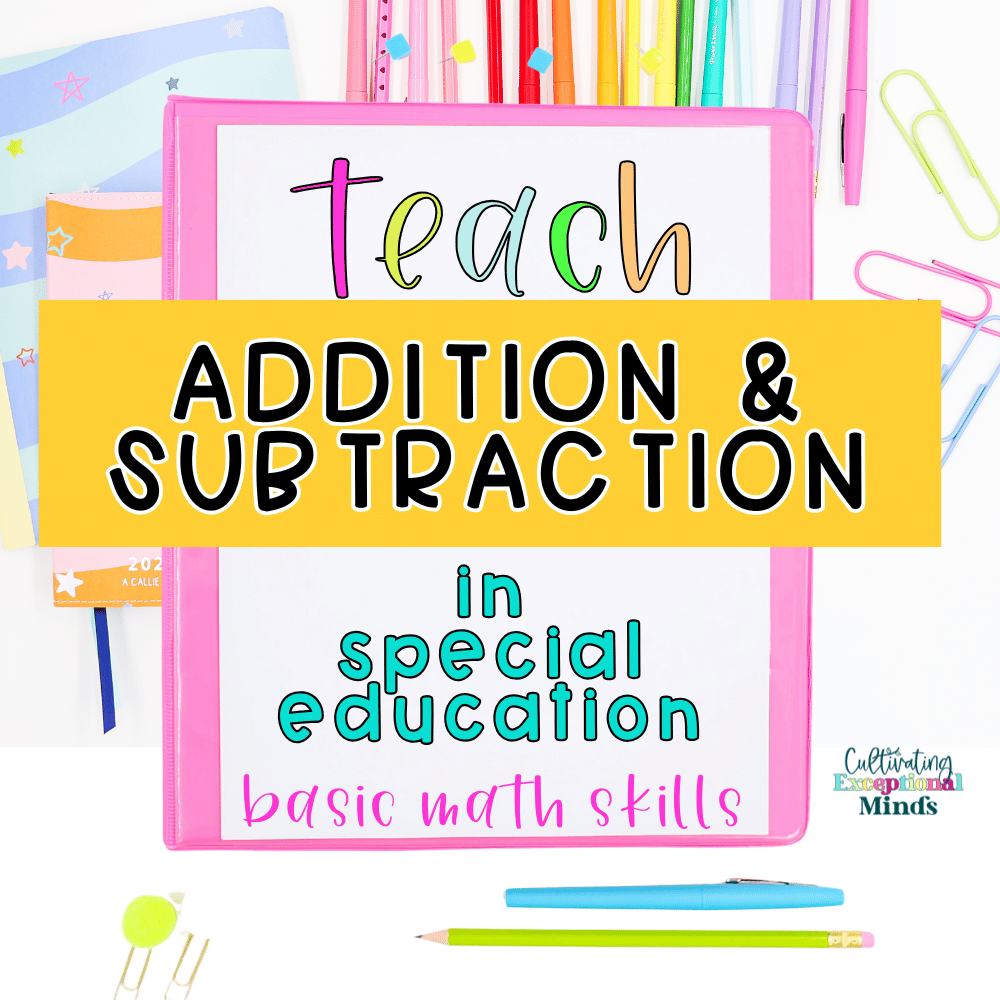
Why Teaching Addition and Subtraction in Special Education Matters
Addition and subtraction aren’t just academic skills—they’re life skills. From counting money to following a recipe or keeping track of time, these math operations help students navigate the world with confidence. For special education students, hands-on, visual, and scaffolded instruction is key to ensuring success.
How to Teach Addition and Subtraction in Special Education
- 📌 Use Visual Supports
Abstract concepts can be difficult for students in special education, so incorporating number lines, counters, manipulatives, and interactive visuals makes learning more accessible. These supports help students grasp number relationships and problem-solving steps. - 📌 Scaffold Instruction
Begin with single-digit addition and subtraction before progressing to double-digit problems and regrouping. Provide clear, step-by-step examples to build student confidence. - 📌 Incorporate Real-Life Scenarios
Using adapted books, role-playing, and daily routines can help students see the real-world applications of addition and subtraction. Activities like grocery shopping role-play, recipe measurement, or counting classroom materials make learning practical and engaging. - 📌 Practice Through Repetition
Repetition is key for retention. Utilize task cards, file folder activities, and interactive worksheets to reinforce skills in a fun and engaging way. - 📌 Monitor Progress
Use data sheets and rubrics to track student performance. Regularly assessing progress allows you to adjust instruction to ensure each student masters their IEP goals.
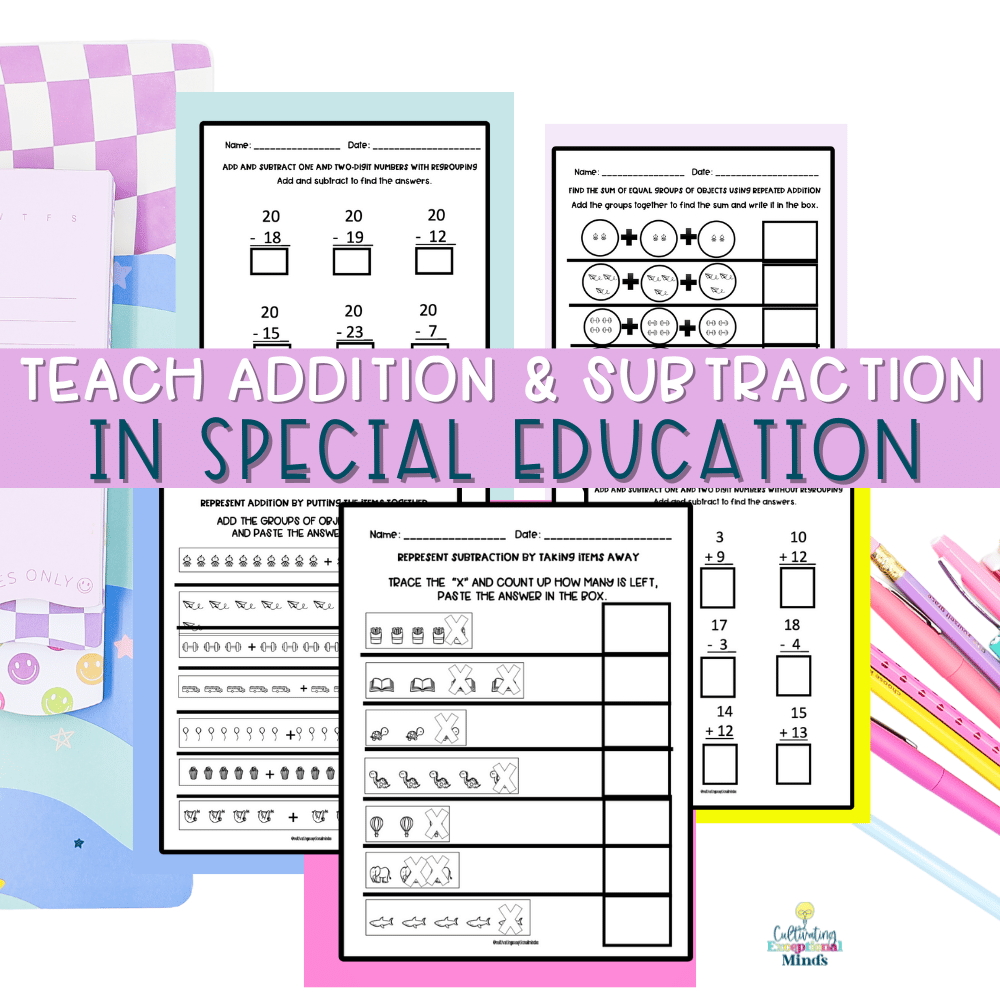
What’s Inside the Addition and Subtraction Curriculum?
Our Addition and Subtraction Math Unit is specifically designed for special education classrooms, ensuring that students receive structured, engaging, and differentiated instruction.
- ✔ Differentiated Worksheets – Scaffolded to support a range of learners, from single-digit equations to regrouping.
- ✔ Interactive Task Cards – Hands-on learning to strengthen problem-solving skills.
- ✔ Adapted Books – Teach math through real-world stories and interactive scenarios.
- ✔ Progress Monitoring Tools – IEP-aligned data sheets to simplify tracking and reporting.
Get a Free Addition and Subtraction Resource!
Want to try before you buy? Download our free 4-page sampler, featuring hands-on activities and worksheets designed to support students at various levels of learning.
Tips for Teaching Addition and Subtraction in Special Education
- 💡 Make Math Movement-Based: Incorporate activities that allow students to physically engage with numbers, such as jumping on number lines or sorting objects.
- 💡 Use Positive Reinforcement: Celebrate every win! Verbal praise, sticker charts, or small rewards help build confidence and motivation.
- 💡 Keep Lessons Fun and Interactive: Games, technology-based activities, and hands-on math centers keep students engaged while reinforcing critical skills.
Teaching addition and subtraction in special education isn’t just about numbers—it’s about building confidence, independence, and real-world math skills.
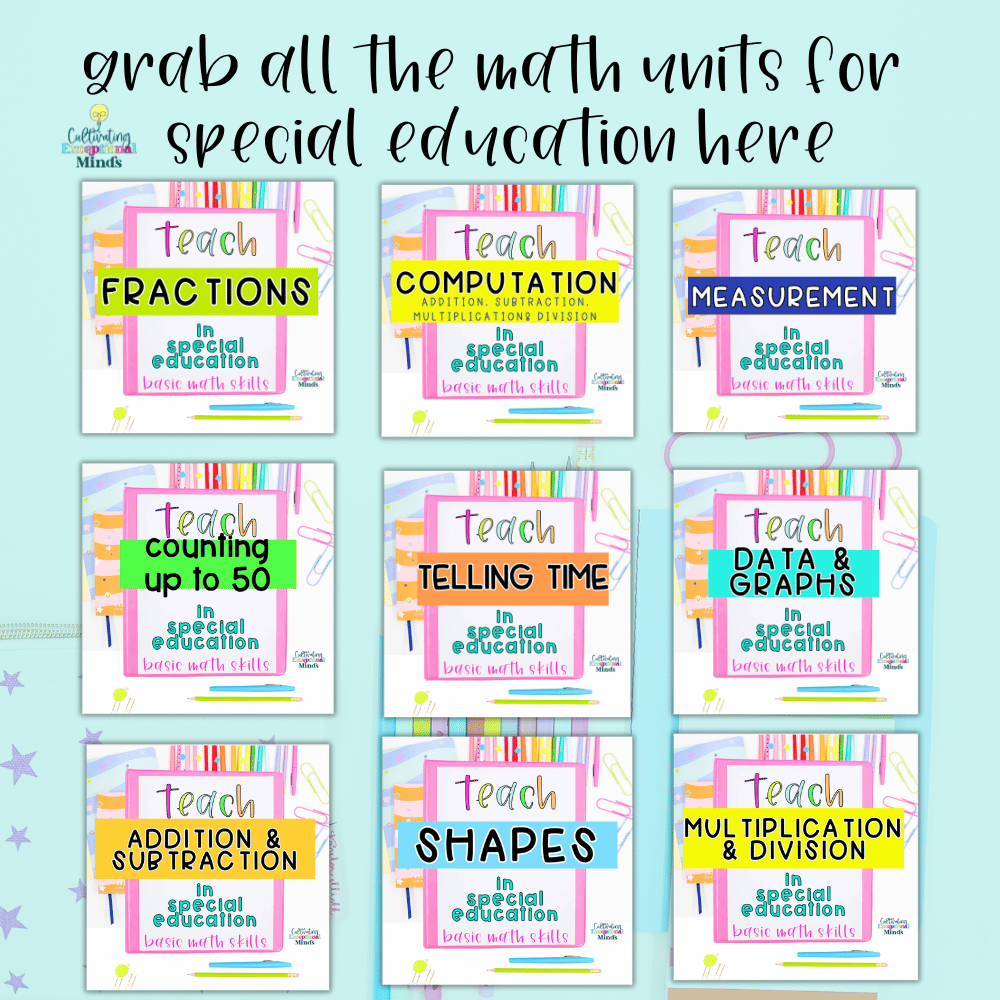
Make Math Fun and Accessible
📢 Ready to transform your math lessons? Explore the full Addition and Subtraction Curriculum today and discover how engaging and effective your math instruction can be! Download your free sampler now and watch your students thrive.
For more math idea, check out this blog post.
